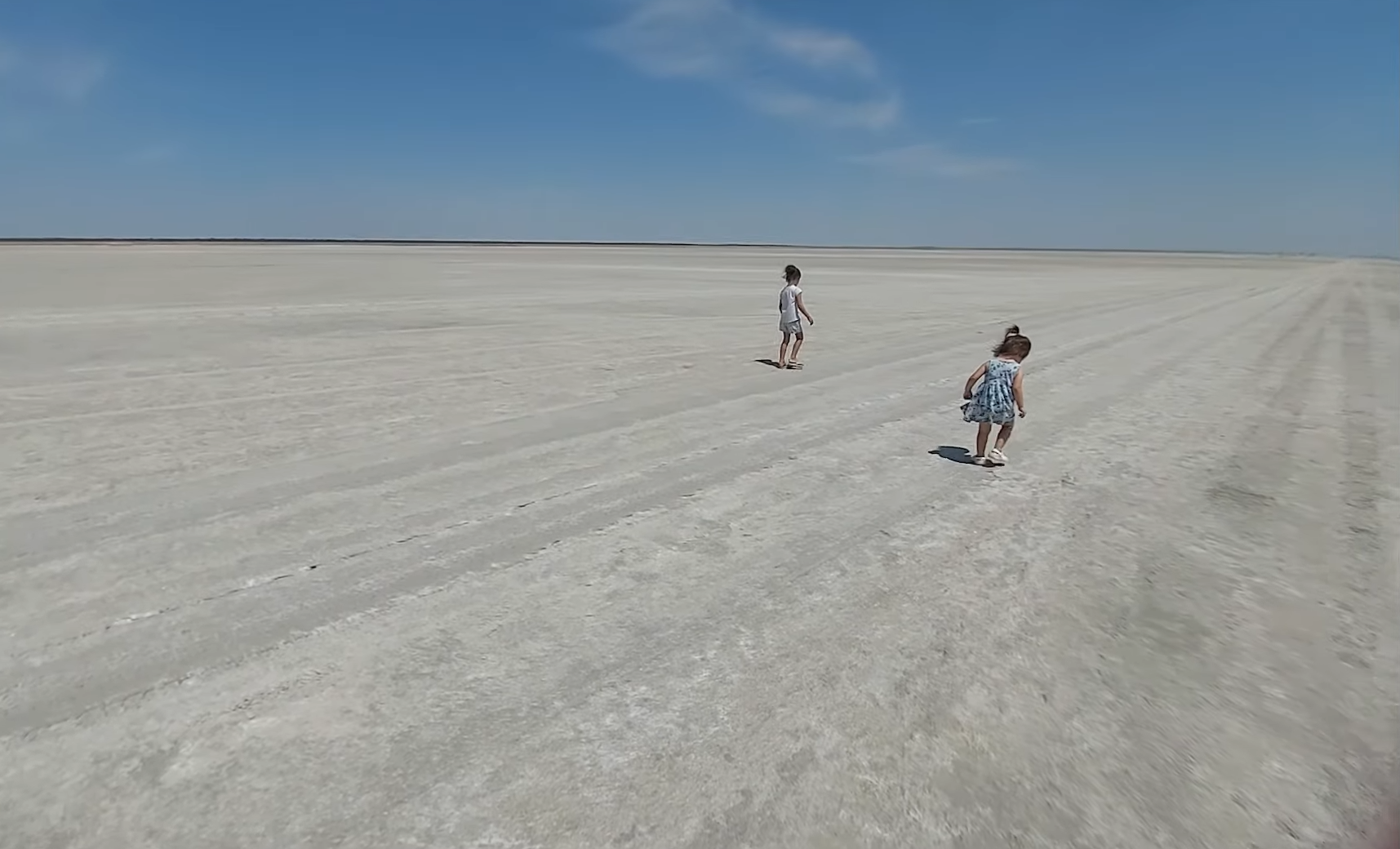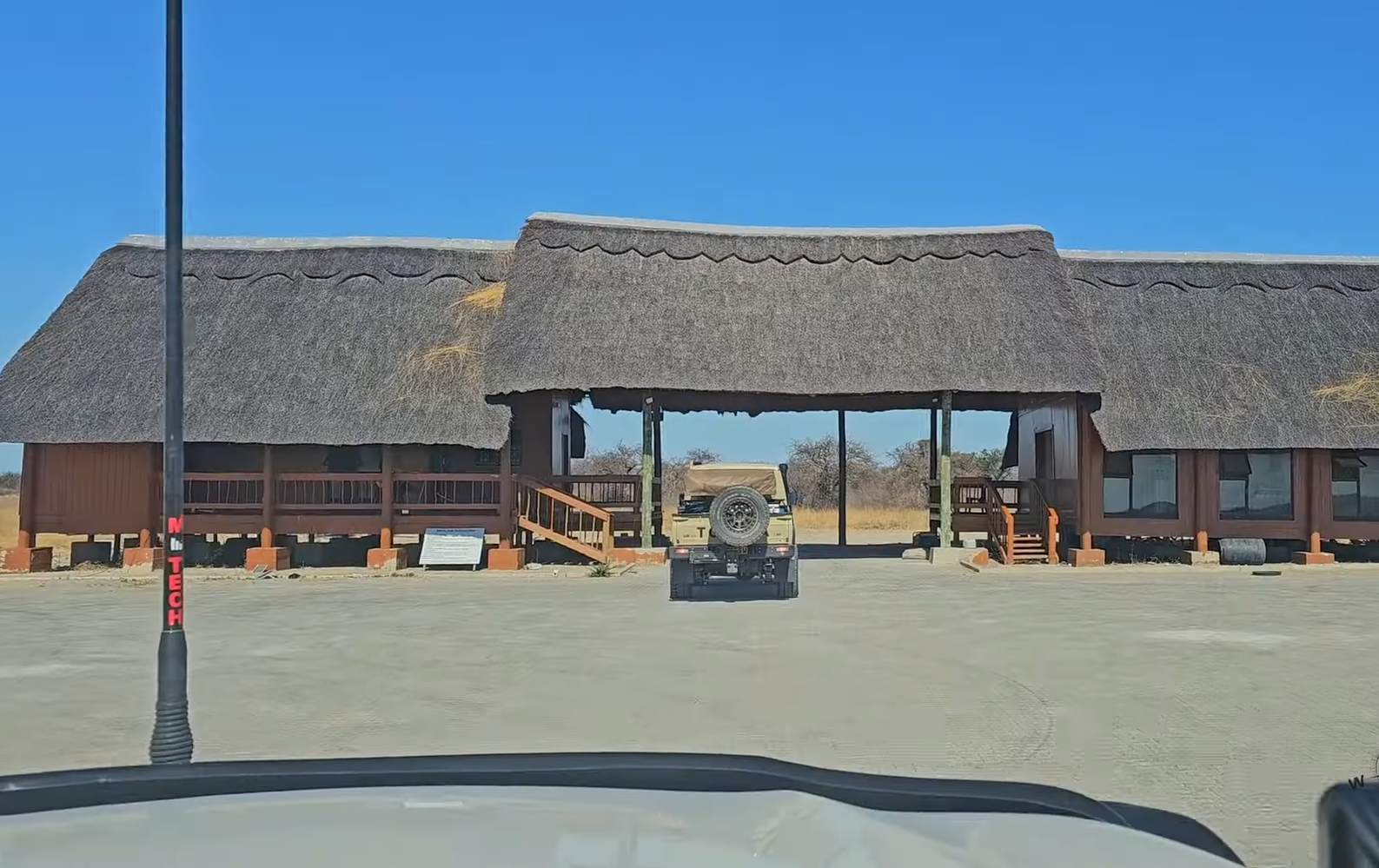Guide to Makgadikgadi Pans Best time | Camps and Location
Behold the majestic Makgadikgadi Pans, the world’s most expansive salt flats, stretching over 16,000 km². These pans are a breathtaking expanse of white, remnants of a vast lake that vanished over two millennia ago. This enormous region, which is among the world’s largest salt flats, is what is left over from the former Lake Makgadikgadi. Today, they are dotted with sandy deserts and sporadic greenery, providing a sanctuary for one of the largest zebra populations in Africa. During the wet season, the pans transform into a wildlife haven, teeming with zebras, springboks, and wildebeests, with predators in tow, offering spectacular wildlife spectacles.
The landscape is a mesmerizing stretch of white, creating surreal scenes where swallows dance in the sky and elephant tracks mysteriously emerge, contributing to the illusion of infinite space. Kubu Island is in the middle of this barren area, a granite monolith surrounded by ancient baobabs towering upwards.
In this otherworldly terrain, visitors can stand where the mighty Zambezi River once fed a colossal lake, now leaving behind a pebble-strewn beach. This site also hosts the globe’s largest breeding ground for greater flamingos, where unique mud nests await the return of their occupants each year.
When is the best time to visit?
The optimal times to visit are in the spring and autumn when daytime temperatures are pleasant. These seasons also offer the best light for photographing the stunning scenery. While June and July are also suitable months, expect slightly cooler conditions.



